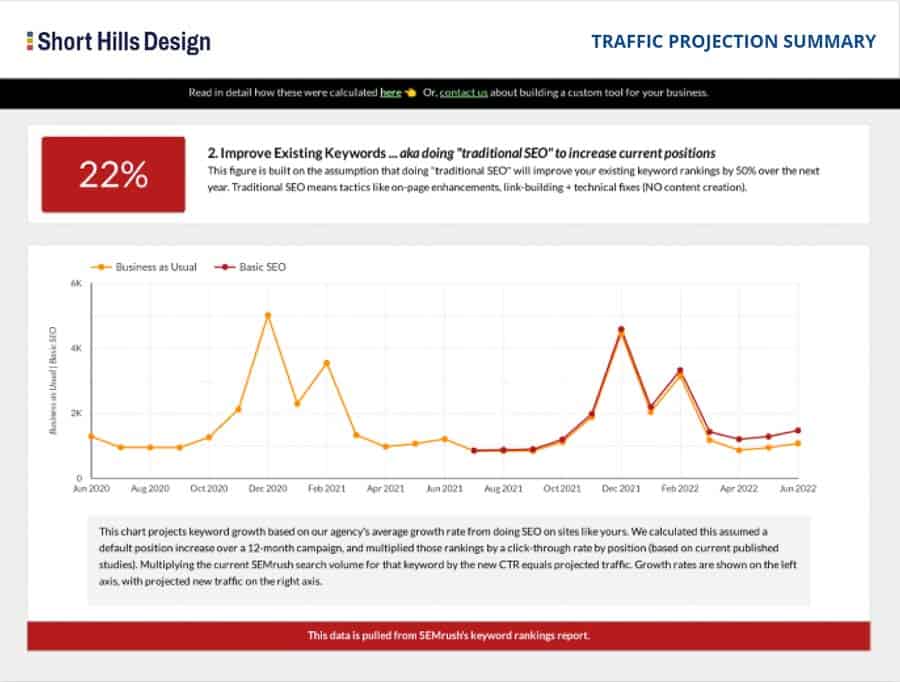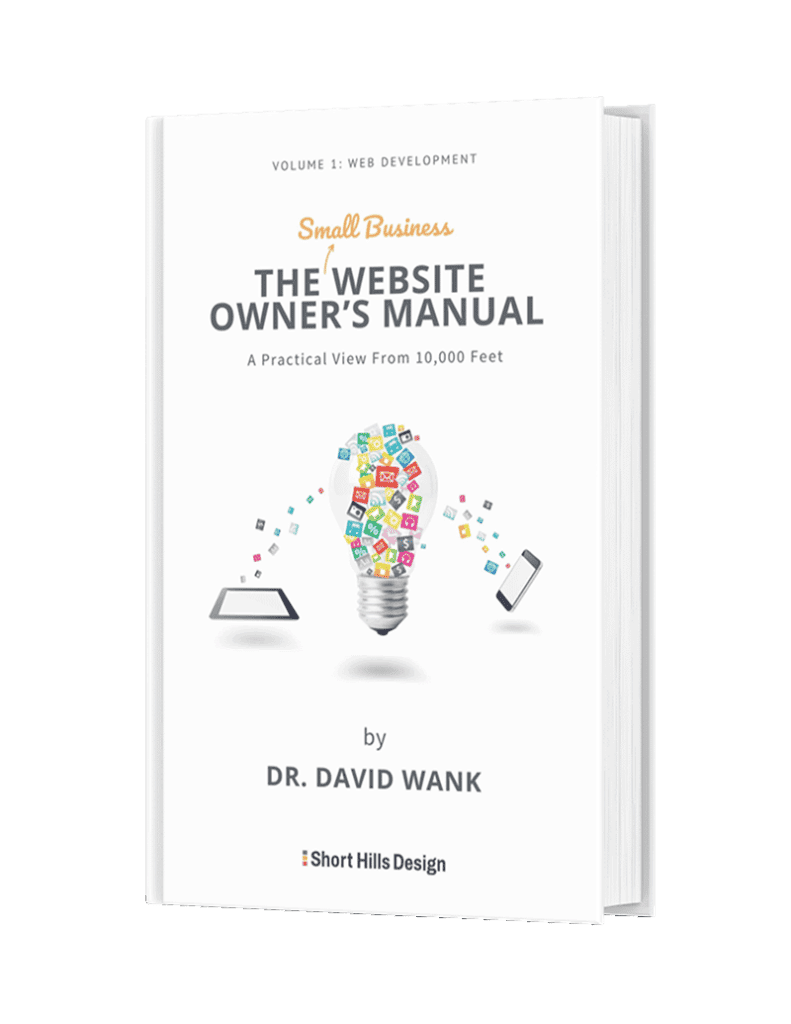My Website has Traffic – Now What Do I Do?
Once you’ve driven traffic to your website, the next goal is to turn these visitors into potential patients (leads). But before we start marketing to our visitors, we need to make sure that we are sending the correct messages to the correct people.
The keys from this point forward are to:
- Figure out who your visitors are and where they are in the buying cycle (define segments).
- Identify which visitors belong in each of the defined segments (identify segments).
- Connect the visitors with segment-appropriate content (lead magnet/lead nurture/drip programs).
Let’s start from the top.
The Sales Cycle
Visitors on your website can be at any stage of the sales cycle. And while we are healthcare providers, we still have a “sales cycle.” If we think about getting new Invisalign patients as an example, we need to consider where they are in the “get my aligners” process.
Defining and Identifying Segments, and Segment-Specific Content Messaging
Here are three different potential visitors to your website and their specific needs/wants:
- Is the visitor looking to learn more about Invisalign in general?
- Is the visitor already set on getting Invisalign, and is looking for the best deal?
- Is the visitor an existing patient, who knows about Invisalign from previous office visits, and wants to learn more? Or is ready to “buy now”?
As you might imagine the marketing approach to each of these three groups (known as segments) will have much in common, but will also have some significant differences. It doesn’t make sense to get too intricate and design a marketing program for tens or hundreds of segments. However, it does make sense to market for two segments in particular (and this concept applies to any service you want to promote):
- Defining Our Segments
Our two practical segments from above are:
a. people who want to learn about Invisalign
b. people who are ready to buy Invisalign (start Invisalign treatment)
- Identifying/Qualifying Visitors for our Segments
One of the most important thing that you need to do when you market is to organize your potential customers into appropriate groups. You may not realize it but you are already segmenting your patients every day in your office. For example, you don’t offer whitening to patients with complete dentures, and you don’t offer overdentures to your pediatric patients.
The key to working with segments is to figure out which segment your visitor belongs to – and therein lies the challenge. There are many advanced (and expensive) behavioral techniques that you can use to help decide which segment is most appropriate for a visitor (lead scoring, etc.) However, because healthcare is a generally a low-web traffic industry (hundreds of visitors per month vs. enterprises with 10,000+ visitors/month) and because of HIPAA concerns, in order to get the best ROI, it makes sense to start vey generally.

Fortunately, there are methods we have that our clients use in order to segment their visitors. So instead of using their emails and names to identify them (HIPAA), we are going to infer their intent based upon the page(s) they visit. For medical and dental, this approach is practical and cost effective.
- Segment #1: People who want to learn about Invisalign
We don’t want to push a hard sell on people who simply want to learn about Invisalign, so showing them a popup about a coupon isn’t relevant to them at this stage in their buying/decision-making cycle. Let’s name this segment of visitors, “Interested.”How to identify these visitors: one way to identify someone who might be interested in Invisalign vs. someone who is not interested in Invisalign is the amount of time spent on your Invisalign page. If someone spends >10 seconds on one of your Invisalign-related pages it might make sense to offer them some information. In fact, if they spend >10 seconds on any of your service pages, it might make sense to market those services, as well.
- Segment #2: People who are ready to buy Invisalign
In an ideal world, we’d use lead scoring to find out when our visitors are ready to buy – but since we can’t do that, we need another approach. One approach is to have a specials page – as anyone who visits the specials page is likely to be someone who is thinking about starting some type of treatment in the near future.
- Segment #3 Marketing to our segments with Segment-Specific Content
Now that we’ve defined our segments and figured out a way to identify the visitors who fit in each segment, we are going to develop content that is specifically targeted for each group. You will often hear the terms lead generation and lead nurturing used, and in the next article, Segment-Specific Content Marketing, we’re going to explain what these two terms mean.
[box style="1"]Register now for free to join Dr. Wank on Webinar Wednesday to learn about Inbound Marketing and how it can help your practice generate new patient leads.
When: November 15, 2017 at 8:30pm EST.
Can't make it to the live event? Register to watch the recording after.
[/box]



